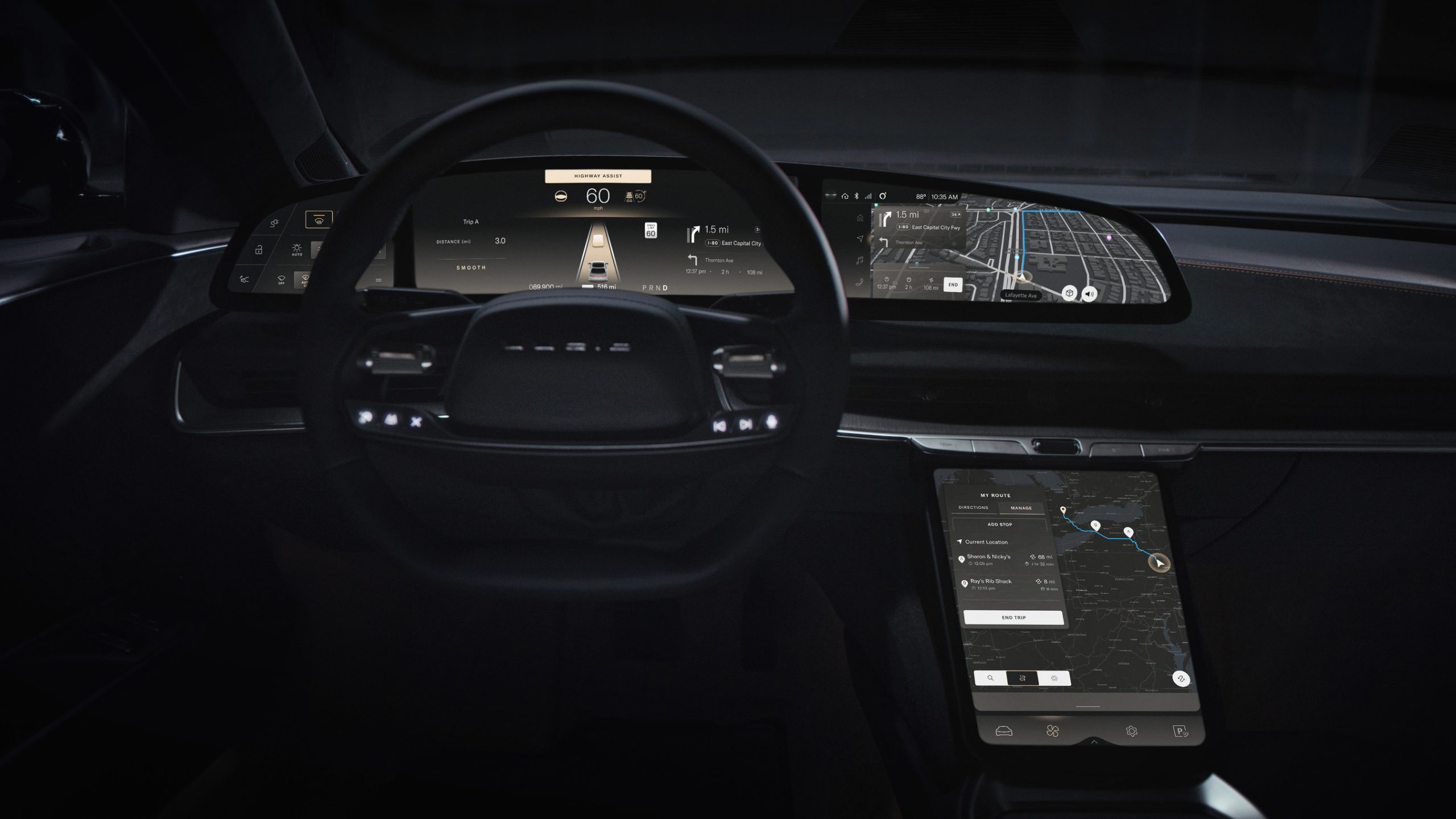
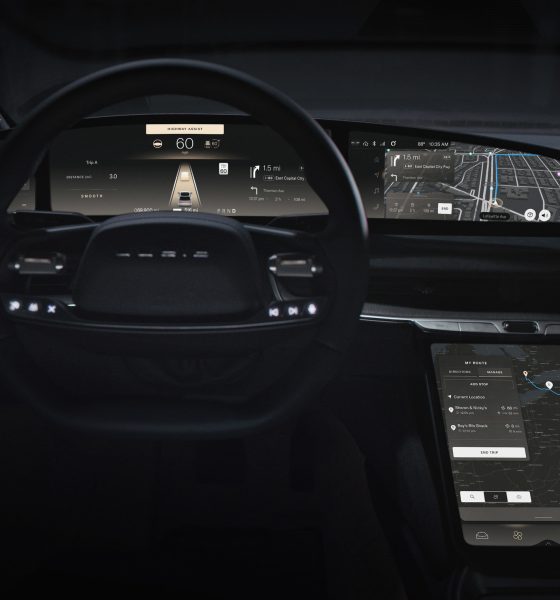
News
Lucid launches its biggest OTA update yet with ‘hundreds’ of new features
Lucid announced this morning it had launched Lucid UX 2.0, its most extensive and biggest software update, which packs “hundreds of updates and new features for every Lucid Air on the road.”
Designed as a “true software-defined vehicle,” Lucid says the Air will benefit vastly from the array of new improvements. Including new features like “Instant-On” Glass Cockpit and Pilot Panel Displays, the launch of “Highway Assist” for DreamDrive, and redesigned on-screen layouts, Lucid said the complementary update makes the vehicle more enjoyable and easier to use.
A defining moment for our software-defined vehicles. Our latest software update, Lucid UX 2.0, is our most significant rollout yet. Learn about our new features and overall improvements. #DreamAheadhttps://t.co/yvLFpBPchz pic.twitter.com/w0Cdbi0MNS
— Lucid Motors (@LucidMotors) October 13, 2022
Since launching deliveries of the Air last year, Lucid has worked to ramp production and solve supply chain issues that have plagued the automaker’s progress. Yesterday, the company announced one of its strongest quarters to date, with 2,282 units produced last quarter with 1,398 delivered.
It has been a bright spot on a relatively disappointing year as Lucid has trimmed delivery projections for 2022 on two occasions. First aiming for 20,000 vehicles produced in 2022, then slashing to between 12,000 and 14,000 vehicles. In August, Lucid pushed this goal back to between 6,000 and 7,000 vehicles.
Software Improvements
Lucid’s early EV software has been hit-and-miss, with some owners detailing various issues with basic functions that have made the vehicles stressful to drive. However, the automaker has developed a vast update that starts at the heart of software. SVP of Digital for Lucid, Michael Bell, detailed the improvements:
“This extensive software update, comprising tens of millions of new lines of source code across nearly every updateable computer in the vehicle, is achievable because the Lucid Air was engineered from the start with the capability to get better over time. Thanks to our integrated software and hardware engineering, Lucid has the in-house technical depth to enhance our vehicles long after they leave the assembly line.”
The Lucid UX 2.0 is completely designed and fabricated on owner feedback and ideas, Derek Jenkins, Senior VP of Design and Brand said. “Lucid’s truly innovative user interface becomes easier to use and even more aesthetically beautiful in each iteration, delivered seamlessly over-the-air to the vehicle.”
Glass Cockpit and Pilot Panel Displays
- “Instant-on” displays, so the car is ready to drive as soon as the driver sits down and buckles up.
- New on-screen layout for the Glass Cockpit display, moving the controls for the most-used apps like Home, Navigation, Media, and Phone to make Lucid UX more ergonomically friendly than ever.
- Updated Navigation and maps, with turn-by-turn directions now appearing on the center display directly ahead of the driver.
- More-intelligent prediction of remaining range, so drivers know even better what they can expect on the road.
- Do more with Alexa Built-In voice control, such as change the climate control settings for the rear seat.
- A more user-friendly browsing experience for third-party media apps, making it easier to see options, select favorite tunes, and start listening more quickly.
DreamDrive and Advanced Driver Assistance Systems
- Highway Assist with active lane centering and adaptive cruise control, allowing for even greater driving comfort on long journeys.
- Rear Pedestrian Collision Protection is now also enabled when the vehicle is in Drive and rolling backwards.
- Improvements to visual cues for Park Distance Warning feature.
Intelligent Micro Lens Array Headlights
- High Beam Assist that detects not only other vehicles, but other sources of nearby light, and automatically switches to low beams when most appropriate.
- Automatic headlight leveling with sensor-based adjustments for height and vehicle angle in relation to the ground.
Vehicle Entry and Exit
- New De-Ice Mode combines defrost, automatic wiper blade movement, and wiper fluid to clear ice that may be obstructing the view through the windshield.
- A number of measures to make automatic locking and unlocking simpler, more intuitive, and more responsive with both the key fob and Mobile Key, as well as additional user-customizable settings.
Disclosure: Joey Klender is not an LCID shareholder.
I’d love to hear from you! If you have any comments, concerns, or questions, please email me at joey@teslarati.com. You can also reach me on Twitter @KlenderJoey, or if you have news tips, you can email us at tips@teslarati.com.

News
Tesla Model 3 and Model Y named top car buys in Norway
Despite growing competition from European and Korean brands, both models stood out for their balance of price, performance, and everyday usability.
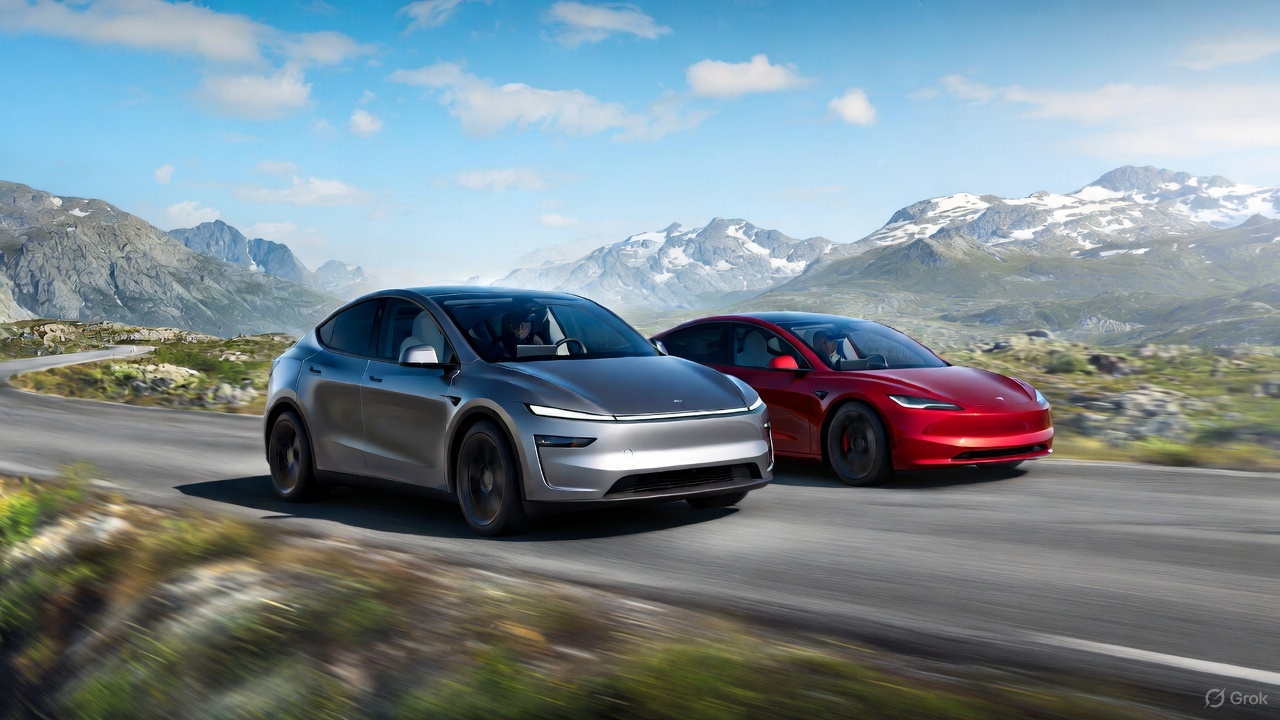
Norway’s annual roundup of the best car purchases featured Tesla’s two main sellers this year, with the Model 3 and Model Y securing top positions in their respective segments.
Despite growing competition from European and Korean brands, both models stood out for their balance of price, performance, and everyday usability. The verdict comes as electric vehicle adoption remained above 95% of new vehicle sales in the country.
Tesla Model 3 strengthens its value position
Among compact EVs, the Tesla Model 3 maintained its position as the best overall buy thanks to its strong blend of performance, efficiency, and updated features. Reviewers noted that every trim offered compelling value, especially with the all-electric sedan’s improved cabin ergonomics and the return of the turn-signal stalk, which was one of the few previous complaints among drivers.
The Model 3’s mix of long-range capability, low operating costs, and responsive handling has continued to set the benchmark for compact EVs in Norway. While competitors from Hyundai, Volkswagen, and Peugeot have narrowed the gap, Tesla’s price-to-capability ratio has remained difficult to beat in this segment, Motor.no reported.
“The Model 3 clearly offers the best value for money in the compact class, no matter which version you choose. Now it also gets the turn signal lever back. This eliminates one of the few flaws in a driving environment that many believe is the best on the market,” the publication wrote.
Tesla Model Y claims its crown
The Tesla Model Y emerged as Norway’s top family-car purchase this year. The latest refresh introduced improvements in ride quality, styling, and interior materials, allowing the Model Y to deliver a more premium driving experience without a substantial price increase.
Reviewers praised its spacious cabin, strong safety profile, and practical range, all of which reinforced its appeal for families needing an all-purpose electric crossover. The Model Y remains especially notable given its continued popularity in Norway even as Tesla faces declining sales in other global markets.
“The Model Y is back as the winner in the family class. The upgrade in the new year was even more extensive than expected. It is a slightly more elegant and significantly more comfortable Model Y that solidifies its position as Norway’s best car purchase in the most important class,” the Norwegian motoring publication noted.
News
Tesla Giga Berlin is still ramping production to meet Model Y demand: plant manager
Tesla Gigafactory Berlin has expanded to two full shifts, as per the facility’s plant manager, and a lot of it is due to Model Y demand.
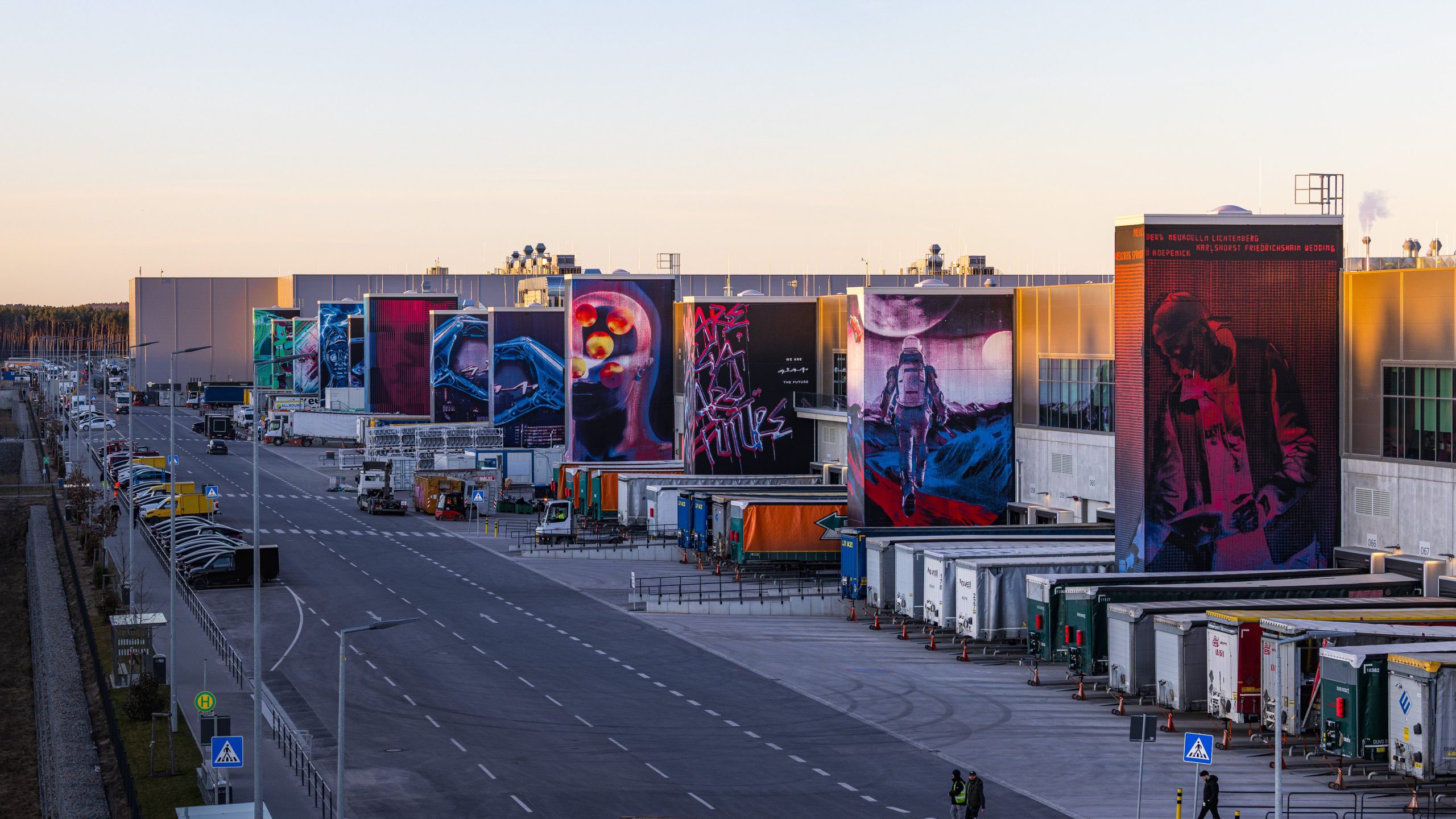
Tesla Gigafactory Berlin has expanded to two full shifts, as per the facility’s plant manager, and a lot of it is due to Model Y demand. While registrations in some countries such as Sweden have fallen sharply this year, the company’s sales in other key territories have been rising.
Giga Berlin shifts to two shifts
Giga Berlin factory manager André Thierig told the DPA that the facility has been running two shifts since September to manage a surge in global orders. And due to the tariff dispute with the United States, vehicles that are produced at Giga Berlin are now being exported to Canada.
“We deliver to well over 30 markets and definitely see a positive trend there,” Thierig said.
Despite Giga Berlin now having two shifts, the facility’s production still needs to ramp up more. This is partly due to the addition of the Tesla Model Y Performance and Standard, which are also being produced in the Grunheide-based factory. Interestingly enough, Giga Berlin still only produces the Model Y, unlike other factories like Gigafactory Texas, the Fremont Factory, and Gigafactory Shanghai, which produce more than one type of vehicle.
Norway’s momentum
Norway, facing an imminent tax increase on cars, has seen a historic spike in Tesla purchases as buyers rush to secure deliveries before the change takes effect, as noted in a CarUp report. As per recent reports, Tesla has broken Norway’s all-time annual sales record this month, beating Volkswagen’s record that has stood since 2016.
What is rather remarkable is the fact that Tesla was able to achieve so much in Norway with one hand practically tied behind its back. This is because the company’s biggest sales draw, FSD, remains unavailable in the country. Fortunately, Tesla is currently hard at work attempting to get FSD approved for Europe, a notable milestone that should spur even more vehicle sales in the region.
News
Tesla launches crazy Full Self-Driving free trial: here’s how you can get it
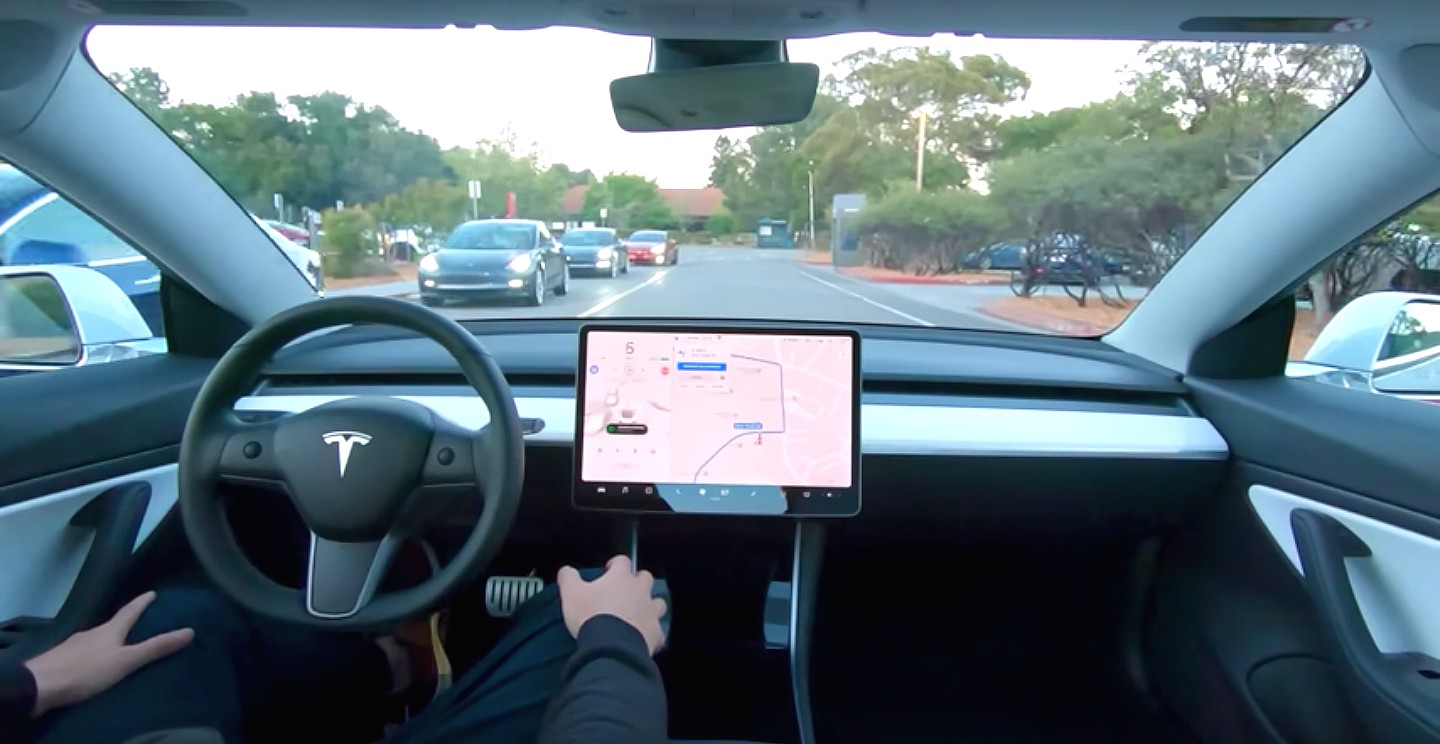
Tesla is launching a crazy Full Self-Driving free trial, which will enable owners who have not purchased the suite outright to try it for 30 days.
There are a handful of stipulations that will be needed in order for you to qualify for the free trial, which was announced on Thursday night.
Tesla said the trial is for v14, the company’s latest version of the Full Self-Driving suite, and will be available to new and existing Model S, Model 3, Model X, Model Y, and Cybertruck owners, who will have the opportunity to try the latest features, including Speed Profiles, Arrival Options, and other new upgrades.
🚨 Tesla is launching a free 30-day trial of Full Self-Driving in North America for owners.
It includes every model, but you need v14.2 or later, and you cannot have already purchased the suite outright. https://t.co/8CNmxxOkVl
— TESLARATI (@Teslarati) November 27, 2025
You must own one of the five Tesla models, have Full Self-Driving v14.2 or later, and have an eligible vehicle in the United States, Puerto Rico, Mexico, or Canada.
The company said it is a non-transferable trial, which is not redeemable for cash. Tesla is reaching out to owners via email to give them the opportunity to enable the Full Self-Driving trial.
Those who are subscribed to the monthly Full Self-Driving program are eligible, so they will essentially get a free month of the suite.
Once it is installed, the trial will begin, and the 30-day countdown will begin.
Tesla is making a major push to increase its Full Self-Driving take rate, as it revealed that about 12 percent of owners are users of the program during its recent earnings call.
Tesla CFO Vaibhav Taneja said during the call:
“We feel that as people experience the supervised FSD at scale, demand for our vehicles, like Elon said, would increase significantly. On the FSD adoption front, we’ve continued to see decent progress. However, note that the total paid FSD customer base is still small, around 12% of our current fleet.”
Earlier today, we reported on Tesla also launching a small-scale advertising campaign on X for the Full Self-Driving suite, hoping to increase adoption.
Tesla Full Self-Driving warrants huge switch-up on essential company strategy
It appears most people are pretty content with the subscription program. It costs just $99 a month, in comparison to the $8,000 fee it is for the outright purchase.









